Dos And Don’ts For Ingrown Toenails

written by nail expert Jess Rowley
Topics we've covered
Do’s And Don’ts When Handling Ingrown Toenails:
Suffering from a pain-wrenching ingrown toenail and wondering what to do to help with the pain?
There’s nothing worse than this.
It’s quite hard to believe that such a small part of our body can cause so much pain, even to do something as simple as walking, let alone trying to put a pair of enclosed shoes on.
You will know what I’m talking about here– the painful, red, puffy mess at the side of your toenails, that you can’t even bear to touch.
But no need to worry I have good news!
Lucky for you, I have made a list of the best do’s and don’ts when it comes to ingrown toenails (take it from me these seriously helped when I was suffering).
Whether you’re waiting on an operation to have the side of the toenail removed or even the whole toenail, you will want to give these tips a try to help ease the pain before your appointment.
You will want to stay tuned for this one– here’s my step by step guide to everything you need to know!
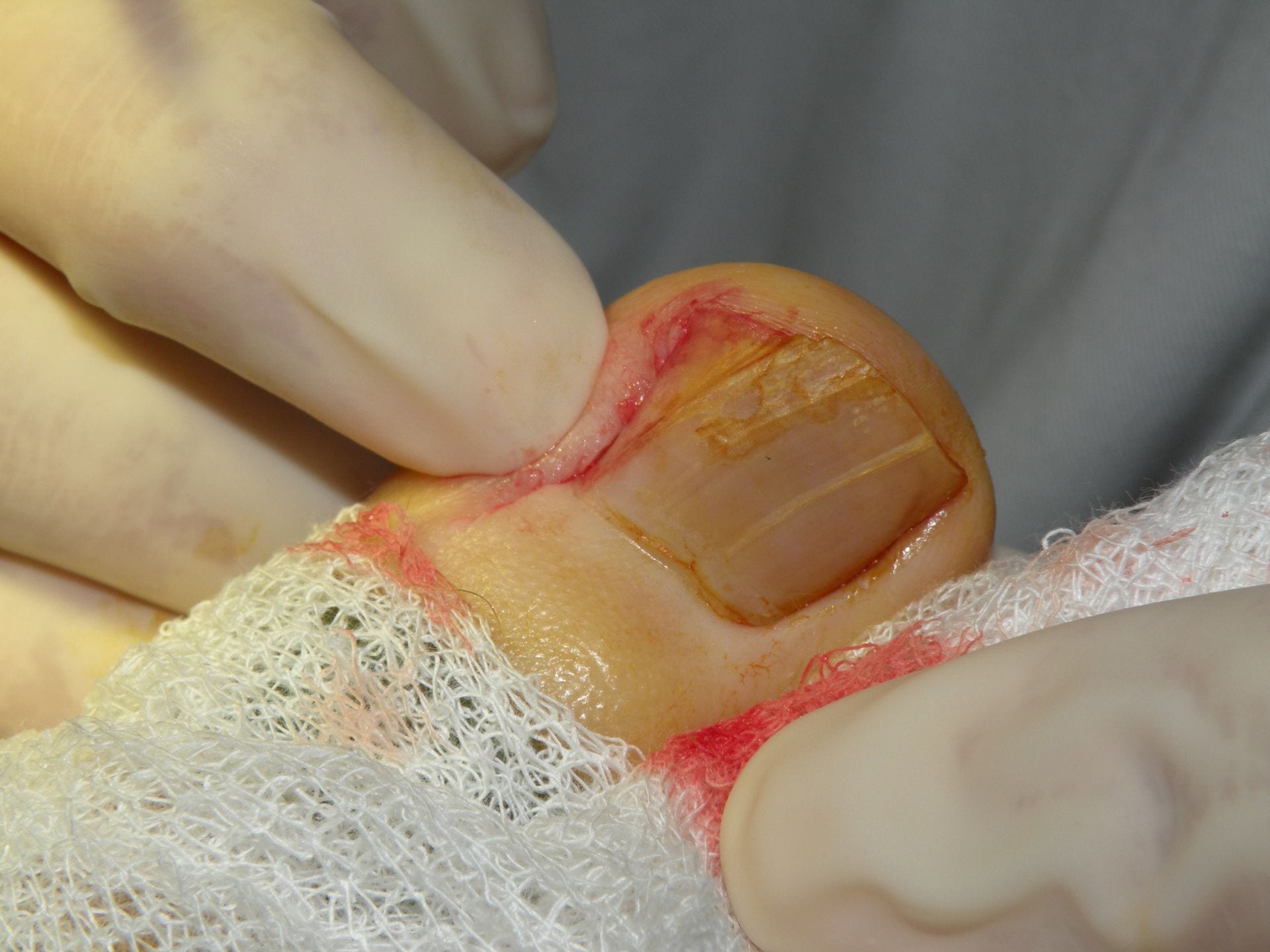
Firstly what are ingrown toenails?
An ingrown toenail, also known as Onychocryptosis, is caused by the pressure of the ingrowth of the nail edge to the skin.
The shaped edge begins to grow into the skin causing it to break and damage which causing this painful inflammation.
You may originally notice slight discomfort when touching your toe, but as the pressure continues it causes an infection to the side of your toe, causing great discomfort.
As the infection becomes bigger, the toenail will become inflamed and even have pus leaking from the wound– not to mention the pain.
What causes ingrown toenails?
Here are the top causes of these painful ingrown toenails:
Genetics:
Most commonly ingrown toenails are caused by hereditary causes. It can be caused if one or both of your parents suffered from ingrown toenails– frustrating I know but this doesn’t happen in all cases.
Uncomfortable/ unfit footwear:
This can occur from something as simple as crowding your feet in shoes that just aren’t right for you. This is most commonly the cause in teens as their shoes rapidly outgrow them as a result of grow spurts.
As your feet are crammed into a small area this causes your toes to grow inwards instead of upwards, causing painful ingrown toenails.
Trauma:
If you are a little bit clumsy and regularly find yourself stubbing your toe on the kitchen corner or couch or even occasionally drop something on your toe then that may be a factor that has caused your ingrown toenail.
Sports such as soccer, ballet, running, ice skating, or even dancing can cause prolonged pressure on your toe– provoking ingrown toenails.
Bad trimming and upkeep of your toenails:
This is actually a very common cause of ingrown toenails, either cutting them too short or not cutting them enough causes the nail to grow into the skin.
Also by curving off the edges, it can encourage your toenails to go into the side, so I wouldn’t recommend doing this– trust me it doesn’t help in the long run.
Make sure you cut straight across without cutting too short.
Pedicures:
I know what you’re thinking, pedicures can cause ingrown toenails? I was shocked too when I first heard this but it is actually true.
It only occurs when the technician is being aggressive when cutting back the toenails luckily– phew.
If the technician is quite aggressive when cutting back the toenail it may encourage the nail to grow into the side– make sure to look out for this girl.
If you notice this occurring, I would switch nail salons as it does more bad than good.
Poor Circulation:
As you get older your circulation becomes poorer circulation, which makes you more susceptible to ingrown toenails.
Even health conditions like diabetes, heart disease, and smoking can cause ingrown toenails.
If you have any cause for concern then I would recommend seeking medical advice from your doctor or podatrist.
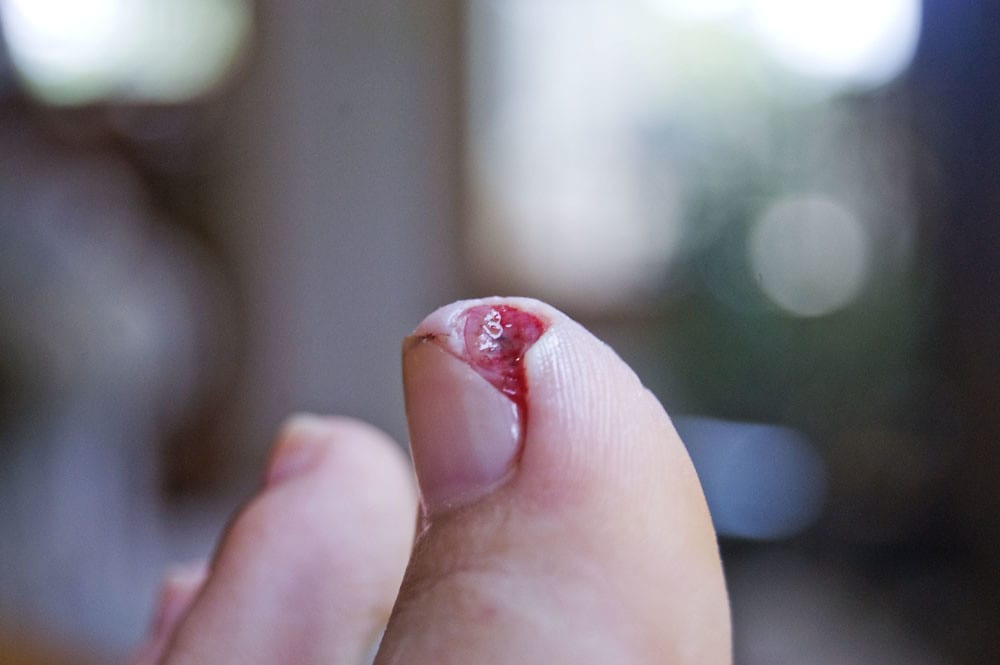
Do’s and Don’ts when handling ingrown toenails:
These are my top dos and don’ts when tackling and treating ingrown toenails:
Do’s:
Do soak your toenail in warm salt water: Soaking your toenail in warm salt water for 10-30 minutes daily will soften the skin beside the nail and encourage the nail to come up.
You should continue doing this after surgery too in between replacing the bandage to the area to reduce infection. I found this really helped relieve the pain before and after surgery.
You can remove the ingrown toenail yourself if not infected: If you have noticed the discomfort of the ingrown toenail early you may be able to treat it at home!
Just soak in warm water and Epsom salt to soften the skin and reduce inflammation, then clip the affected area down the side using sterilized nail clipping instruments.
Once you’ve clipped the area I would recommend applying an antibiotic ointment to reduce the risk of infection.
Do go and see a podiatrist: Don’t ever ignore an infected ingrown toenail, and nip the problem in the bud as soon as you start having issues before it gets worse.
A podiatrist can cut down the side of the toenail under local anesthetic. This allows for the infection to heal but may not help recurring ingrown toenails.
Whatever you do, don’t ignore ingrown toenails as it can lead to more complications and be much more painful to treat– not to mention the pain to begin with.
Do care for the skin around the toenail: Keeping your toes well moisturized and exfoliated can help to prevent ingrowing toenails and it will also help to keep the hard skin at bay.
Do use the right tools for a pedicure: Whether you’re a professional nail technician or love at-home manicures this is a really important step. Investing in the right tools will help prevent the chances of infection and ingrown toenails.
Don’t use a too- big curette under the toenail as this can generate too much pressure and lift the nail plate, making it prone to fungal infections.
Don’ts
Don’t cut the corner off: Resist the temptation to cut the corner off that is causing the aggravation. Cutting a straight line across the corner may ease off the pain in the short term but it encourages the nail to continue growing in the edge of your nail.
Instead, file and cut straight across leaving the edges, do this even after the ingrown toenail has gone away.
Don’t curve off the edges when trimming the nail: Like the last step, it encourages the nail to continue to grow into the skin.
Don’t wear restrictive footwear: When suffering from an ingrown toenail don’t wear restrictive or tight footwear. This will not only be painful for your toes if the flare-up is bad but it will also put pressure on the toe, causing it to grow further into the skin.
Don’t cut the nail too short: this is a common reaction when faced with an ingrown toenail but it actually makes them worse. This is because it forces the nail into the sidewalls.
Don’t service a client with inflammation like this: If you are a professional and you’re about to serve a client with this type of inflammation, DON’T. This will only make their inflammation more painful if exposed to harsh chemicals and aggressive trimming.
What about recurring ingrown toenails?
If you find that your ingrown toenail occurs regularly, despite treatment then your doctor may recommend a procedure called phenol and alcohol matrixectomy.
This is when the region is numbed and the doctor removes the problematic part of the nail. Then a chemical phenol is applied to kill the cells that form the nail. This offers a permanent solution.
How can I prevent recurring ingrown toenails?
– Make sure you trim your toenails correctly. Cut straight across and not too short.
– Make sure you get yourself a pair of shoes and socks that are well ventilated, fit comfortably, and not restrictive to your toenails.
– Try to avoid trauma: if you do ballet, run or play soccer, try going barefoot for a couple of hours afterward to allow your feet to breathe.
Summary:
Now ingrown toenails may be painful but they can be easily prevented and helped with some easy steps.
If you are suffering from an ingrown toenail that is just getting worse as time goes on, then you need to go and see a podiatrist or doctor so they can help reduce the pain with surgery.
Implementing these do’s and don’ts into my daily life really helped both before and after my surgery– plus I haven’t had an ingrown toenail since!
Let’s get our tootsies back to their former glory with these steps.
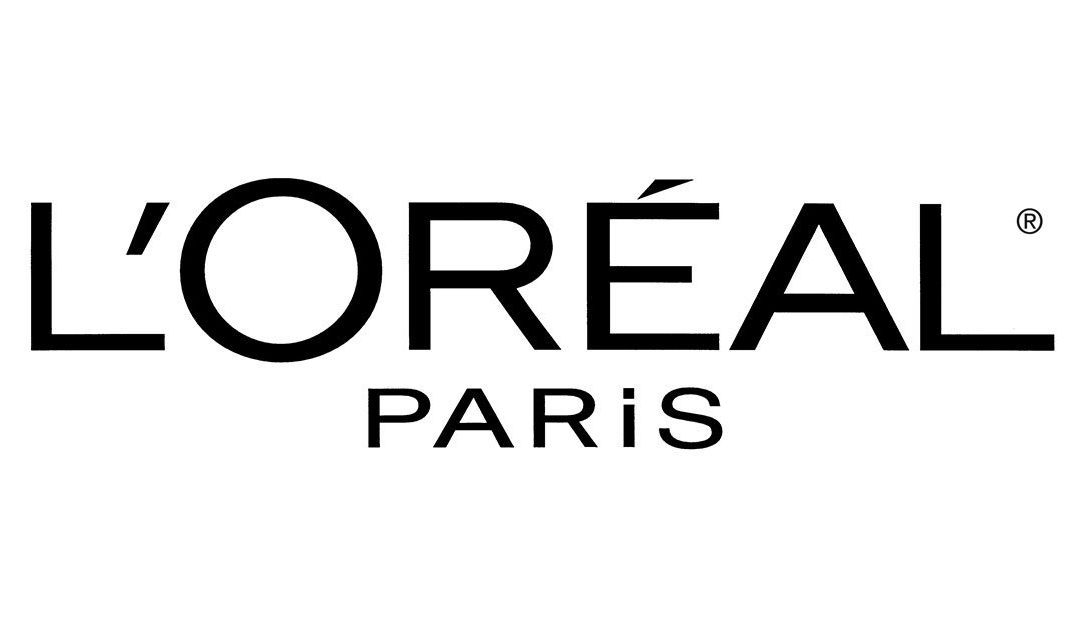
Best L’Oreal Products For Men
[Review] in 2022 written by nail expert Jess RowleyCheck out the results fast - here are our review winners[dica_divi_carousel item_width_tablet="400px" item_width_phone="345px"...

Best Neutrogena Skincare Products
[Review] in 2022 written by nail expert Jess RowleyCheck out the results fast - here are our review winners[dica_divi_carousel item_width_tablet="400px" item_width_phone="345px"...
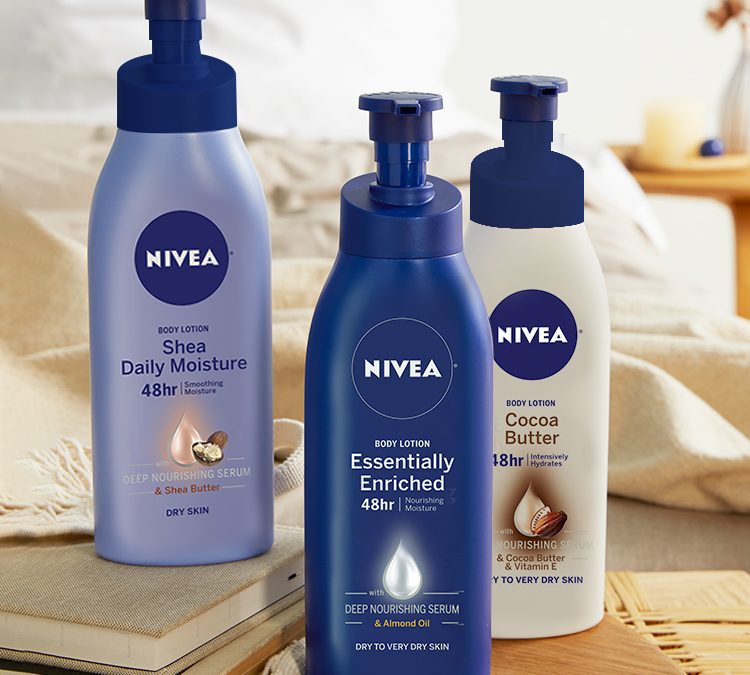
Best Nivea Products For Men
[Review] in 2022 written by nail expert Jess RowleyCheck out the results fast - here are our review winners[dica_divi_carousel item_width_tablet="400px" item_width_phone="345px"...
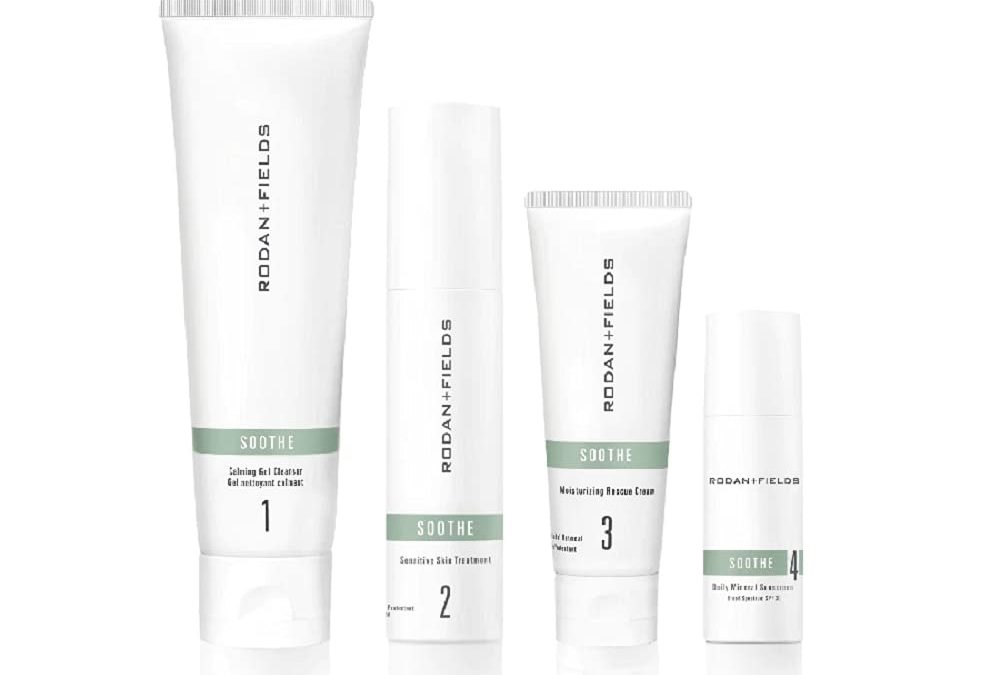
Best Rodan+ Fields Products
[Review] in 2022 written by nail expert Jess RowleyCheck out the results fast - here are our review winners[dica_divi_carousel item_width_tablet="400px" item_width_phone="345px"...
Related Post: Best Nail Polish Base Coats



